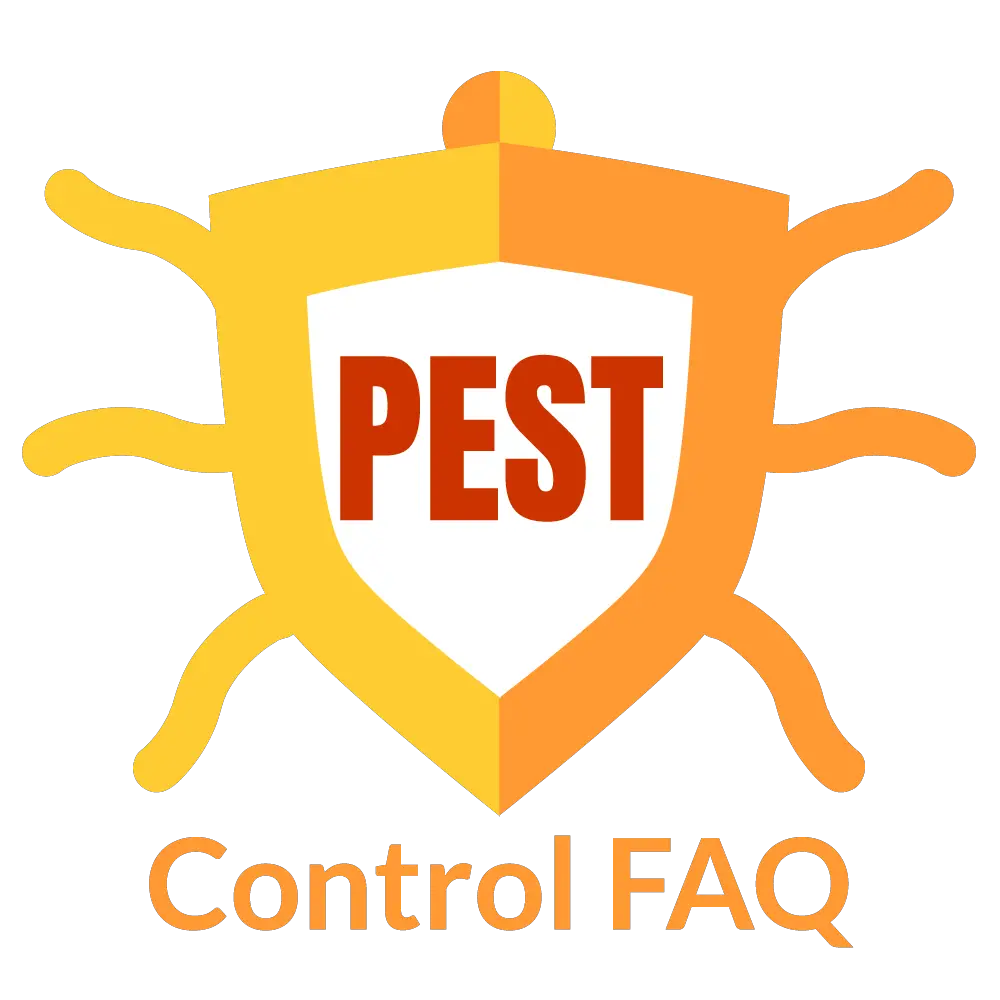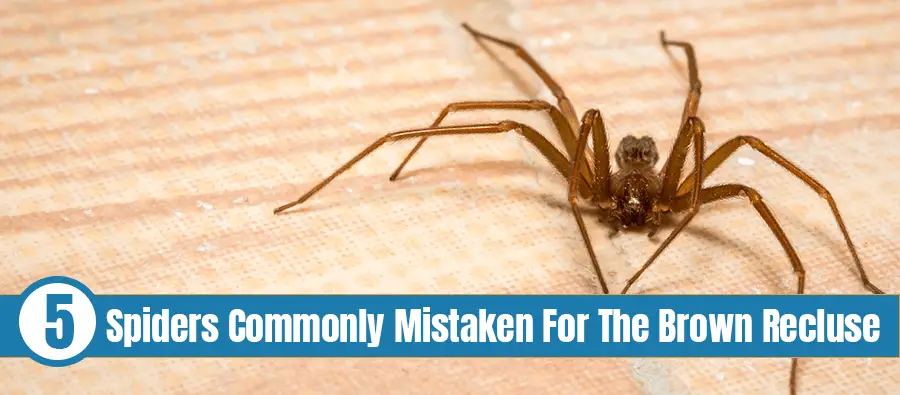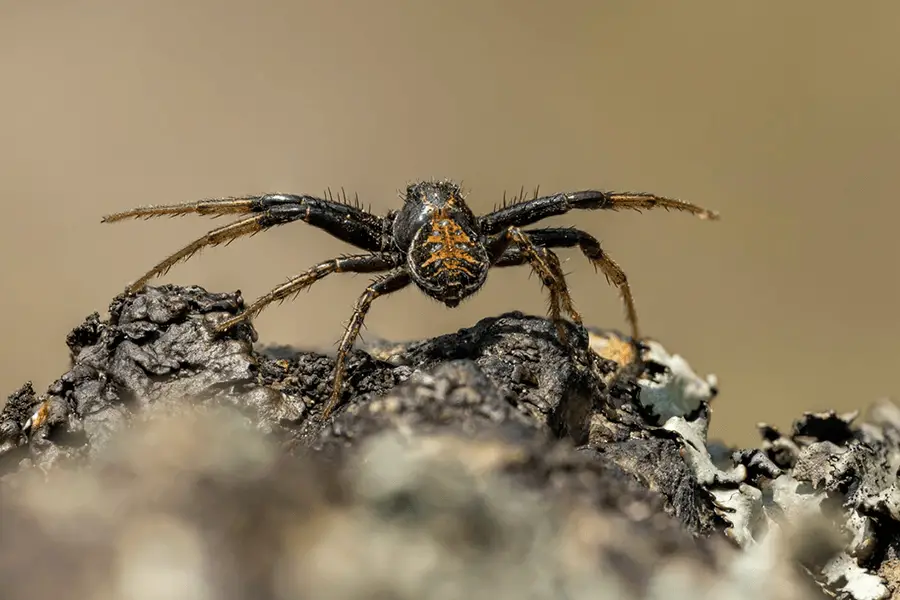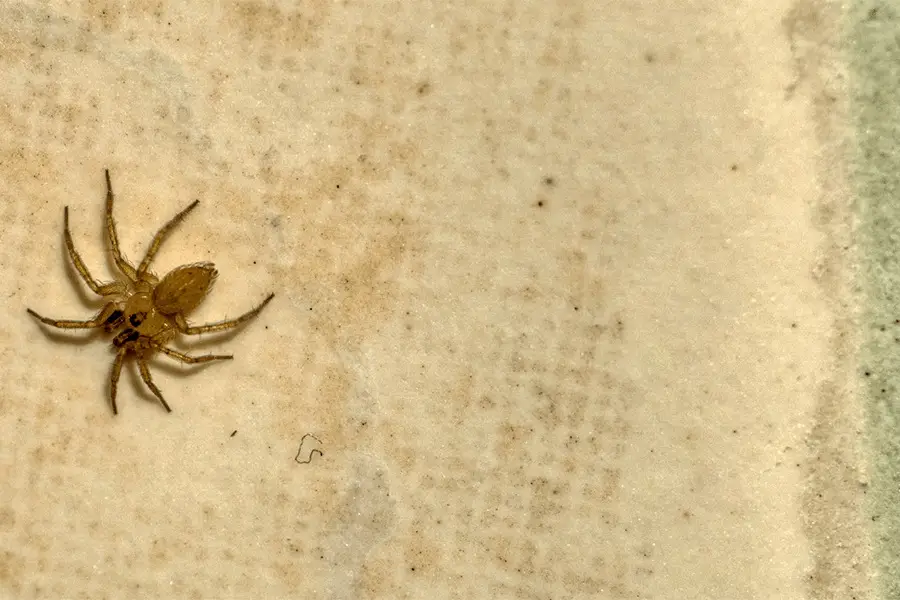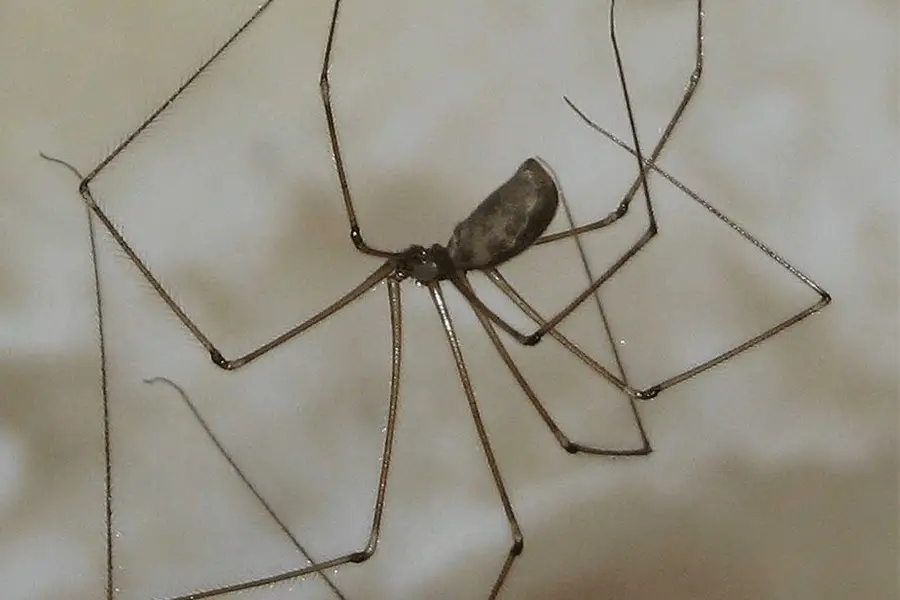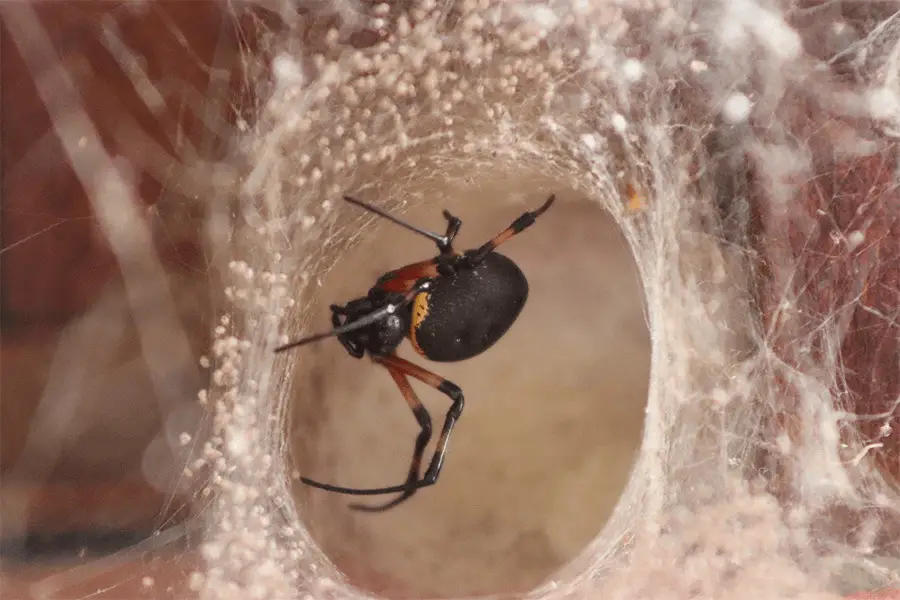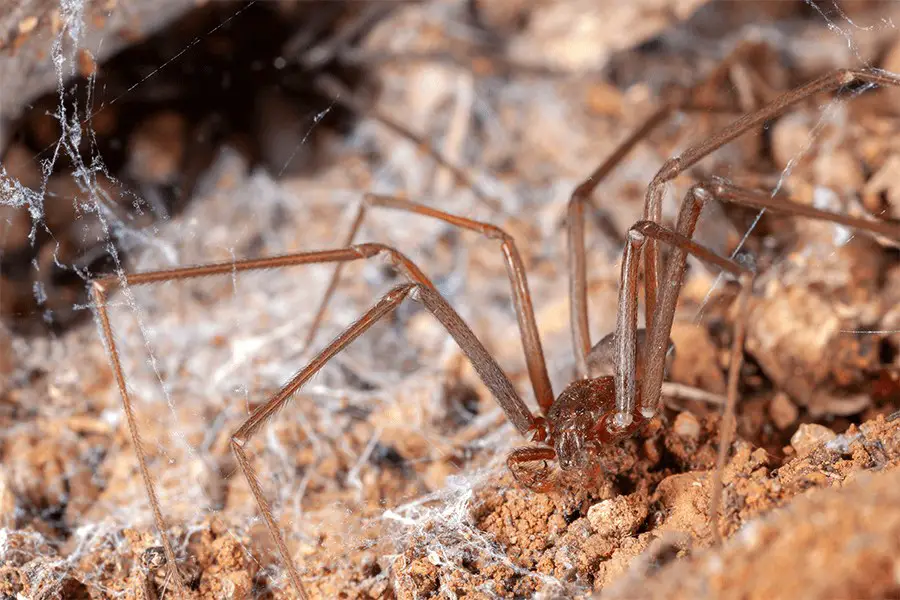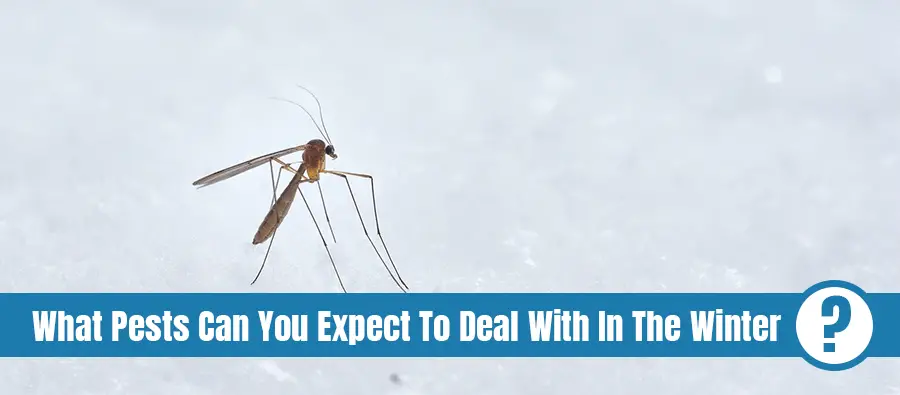Breathe! It might not be a brown recluse after all. There are certain harmless spiders that are very similar to the brown recluse spider. What you see around your house may just be one of these harmless creatures.
You see, spiders like the orb weavers, funnel weavers, and the southern house spiders share features with the most dreaded brown recluse. So, it’s important to learn how to quickly and efficiently differentiate a brown recluse from these other spiders.
You probably have a lot of questions like: Where are the most common places you’d find a brown recluse spider? Are they dangerous? When do they actually bite? In this article, you’ll find all the answers to your curiosities.
Table of Contents
What spiders are commonly mistaken for a brown recluse?
A lot of people confuse common house spiders with brown recluses. So, it’s good that you’re here so that you won’t blame an innocent creature for being dangerous. We’ll help you spot their differences and identify a brown recluse faster.
1. Orb weavers
These spiders are often found in Kentucky. You’ll likely find them around the house, on weeds, and generally tall plants.
The orb weavers are usually mistaken for a brown recluse because of their color. However, their yellow and black patterns set them apart from the brown recluse, which has mono-colored skin.
Orb weavers rarely bite and can be quite beneficial since they eat flies, mosquitoes, and ants. They are to some extent dangerous to humans as their bite is similar to a bee sting.
2. Funnel weavers
Even though these spiders are brown-skinned, they differ from the brown recluse due to the variety of dark shades on their skin. The funnel weaver spider got its name from the shape of the web it builds, which is funnel-shaped.
Another big difference between funnel weavers and brown recluse spiders is their habitat. Funnel weavers are adapted to open grasses and bushes, unlike the brown recluse that remains hidden. These spiders are not dangerous to humans.
3. Cellar spider
These spiders are usually mistaken for a brown recluse because of the similar violin-shaped mark on its back. This particular mark is located on the cephalothorax (the united head and thorax) of the brown recluse. However, a violin-shaped marking does not always mean the spider is a brown recluse.
Cellar spiders have long legs and a long slender abdomen. Just like the brown recluse spiders, they love to stay indoors and hang out in disorganized webs.
Although this spider is venomous, it’s not a threat to humans.
4. Southern house spider
This spider is most common in Florida. You can also find them in other Southeastern U.S. states. You’ll mostly find their webs in the corners of window sills and shutters. The brown color and shape of the males make it easy to confuse them with brown recluses.
Although their bites leave some level of pain for a few days, they are not as harmful as the brown recluse spider.
5. Spitting spider
These spiders are mistaken for the brown recluse because of their similar eye patterns. However, they do not possess the violin-shaped marking of the brown recluse.
Spitting spiders are not harmful to humans because of their small fangs and small mouths.
These are some common lookalikes of the brown recluse. It is important to note that not all are harmful, but care must be taken to properly identify an unknown arachnid before concluding if it’s safe to have around. To comprehensively do this, it is important to know how to quickly and effectively identify the brown recluse.
How to properly identify the brown recluse spider
Many people count on the violin-shaped mark on the cephalothorax of the brown recluse to quickly name the spider a recluse. This can be misleading as untrained eyes would see almost any shape on a spider as a violin. And, therefore, they will mistake it for a recluse.
Instead, it is advised that you consider the following features to effectively identify this lurking spider.
1. Uniformly colored abdomen
A brown recluse spider would rarely have a multicolored abdomen and depending on what they have eaten, the abdomen color can range from cream to dark brown. Usually, their heads are slightly lighter than the color of their bodies.
Nevertheless, a key feature to note is the uniform color of their bodies. In addition, brown recluse spiders don’t have stripes, bands, nor mottling.
2. A dark violin shape on the cephalothorax
Every brown recluse spider has a violin mark at the top of its cephalothorax. This mark is usually darker than their body.
The size, color, and intensity of the violin mark vary from spider to spider.
Note that young brown recluse spiders may not have developed their violin mark yet.
3. No spines on their legs, only fine hairs
Generally, most spiders have large spines on their legs and abdomens. These spines are actually thick hairs covering the spider’s limbs.
Brown recluse spiders are covered in just fine hairs. These hairs are very hard to see and also uniform throughout their body. Therefore, a spider with spines or long hairs on its legs or abdomen is not a brown recluse.
4. Only six eyes
You can easily identify a recluse spider with its eye pattern. Nearly all spiders have eight eyes but the brown recluse spider has its eyes arranged in three pairs of two.
Their eyes are quite difficult to see because they are black and small. A few other spiders also have this eye structure, but check out these other features below that’ll help you identify a brown recluse:
- The recluse, as the name suggests, builds a small retreat web behind an object but never out in the open.
- They like dark, filthy places. You’ll find them hiding underthings and they prefer living where the sun doesn’t shine.
- It is about ⅜ of an inch in body length.
Generally speaking, we tend to freak out once we see a brown spider in the house. That’s why we’ve taken the time to highlight these features. So, next time you think you see a recluse, check for each of these features to be sure.
Where exactly do brown recluse spiders like to hang out?
Brown recluse spiders thrive well in these states: Kansas, Oklahoma, Texas, Louisiana, Arkansas, Missouri, Alabama, Mississippi, Tennessee, Kentucky, Illinois, Nebraska, and parts of Georgia. If you are a resident of any of these regions, then you will most likely encounter a brown recluse spider every once in a while.
When outside, they can be found around dormant rocks, utility boxes, woodpiles, and under abandoned bark. While indoors, they are found in undisturbed areas such as inside old boxes, among a pile of very stale papers, under dormant furniture, and in window sills. Basically, because of its name, ‘recluse,’ it is commonly referred to as the “introverted spider” and likes to be left alone.
When undisturbed, the brown recluse spider will not attack. So, don’t fret when you see one. Gently pick it with a rubber glove and take it far away from your home.
Are brown recluse spiders really dangerous?
All the hype and brown recluse spider myths rising from the widespread popularity of this quarter-sized arachnid have ingrained outrageous fears in many people.
Yes, the brown recluse should not be taken for granted at all, as a single bite from the spider poses its victim with a lethal dose of cytotoxic and hemolytic venom. This venom is capable of causing the victim severe pain, ulcers, fever, chills, nausea, joint pain, and sometimes seizures.
In fact, the bite of a brown recluse spider could have significant and even life-threatening damage. In the USA alone, the bite of the brown recluse ranks highest in toxicity among arachnids.
This is why the spider is highly blamed for most arachnid-bite related skin infections and diseases in red zones of the brown recluse habitat and even in non-endemic areas. They’re the bad boys that get blamed even when they’re not the perpetrators. They’re that infamous.
But they’re rightly famed as some researchers revealed that their venom is more potent than that of a rattlesnake. Its venom contains a rare toxin called Sphingomyelinase D that has the potential to destroy skin tissues.
Overall, this is some heavy information to take for one spider.
When do they become dangerous?
Because they are found in dormant places, these predators are not the type that are on a conscious hunt for your flesh. They are usually aggressive as a self-defense mechanism.
Hence, it is important to know this before you put your hand in a crack or crevice, or pick up that old rock. Always double-check for a lurking resident within that abandoned spot. Remember, these are reclusive creatures. They rarely attack unless provoked.
Another situation that provokes the brown recluse spider to bite is when it is being crushed. When attempting to kill one, you’re not expected to use your bare hands or feet as they are predators and could quickly bite you first.
People in recluse red zones are advised to properly check their shoes, under the sheets, and old books before abruptly picking them up for use.
What do I do if I get bitten by a brown recluse spider?
The bite of a brown recluse spider on adults often heals over time and is rarely fatal. But on adolescents and children, it is advisable to get the attention of a specialized doctor.
In cases of emergency, when bitten by a suspected brown recluse spider, it is recommended to quickly wash the area of the bite with soap and water. Then apply antibiotic cream immediately before applying ice.
You should also elevate the affected part above eye level while icing the bitten area. Since the reactive toxin in the venom of the spider, Sphingomyelinase D, is temperature-dependent (on heat), the reaction can be significantly slowed down by the ice.
Are the brown recluse spiders dangerous for dogs and cats?
The hemotoxic venom is harmful to small pets. You should consider keeping your cats and dogs away from this spider as much as possible. Although the brown recluse will not bite unless provoked, your pets might think it’s another toy and then get bitten.
Also, people sometimes ask if they can keep a brown recluse as a pet. To some, it excites them that they have an infamous killer in their collection, and to some, it’s purely for research purposes.
Whatever your reasons for wanting to keep a brown recluse spider around, you need to have certain knowledge about managing venomous arachnids before you may advance in taking one home.
It may not be so wise to harbor brown recluse spiders if you have small children as they can suffer severe damages if bitten.
